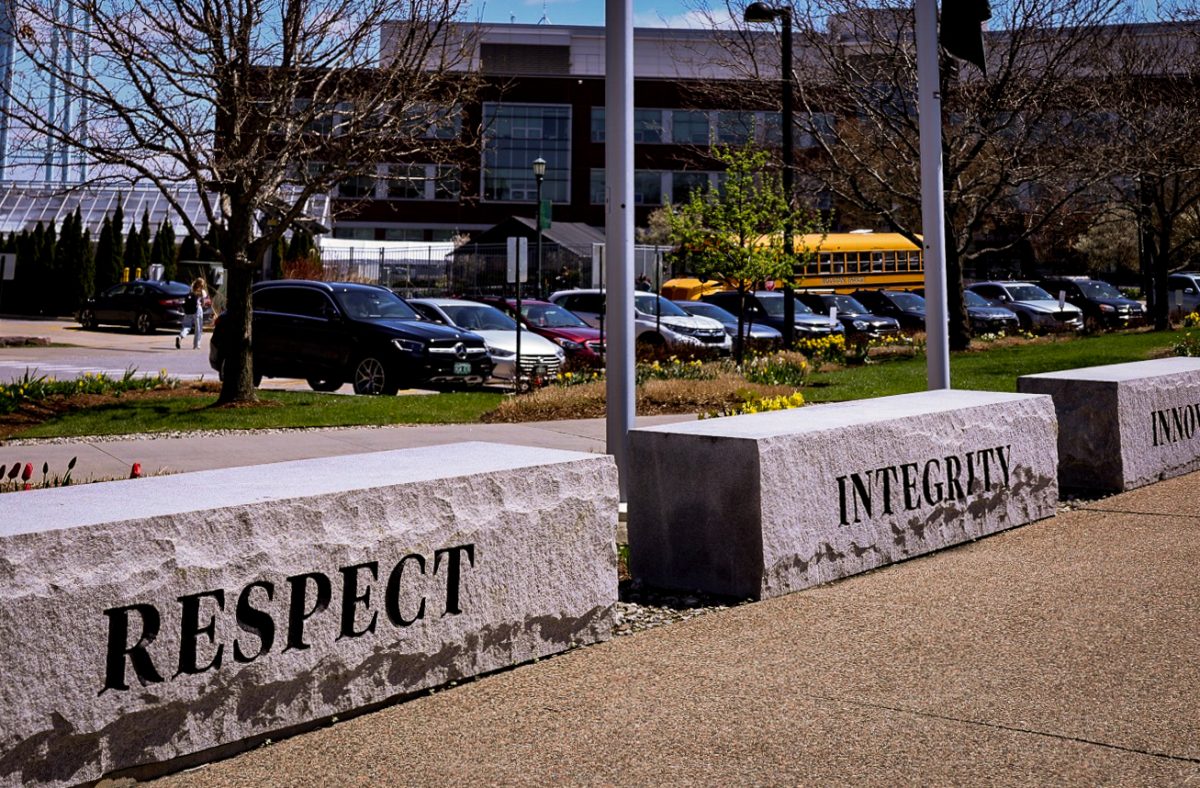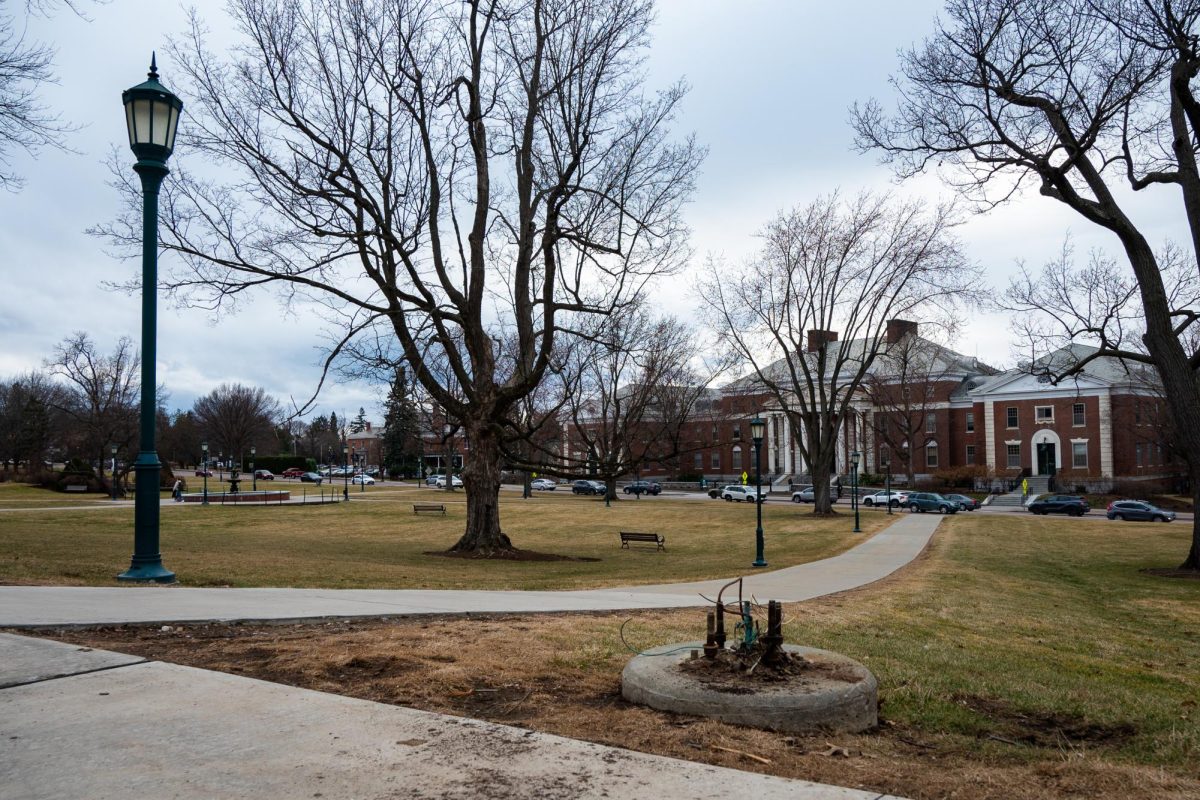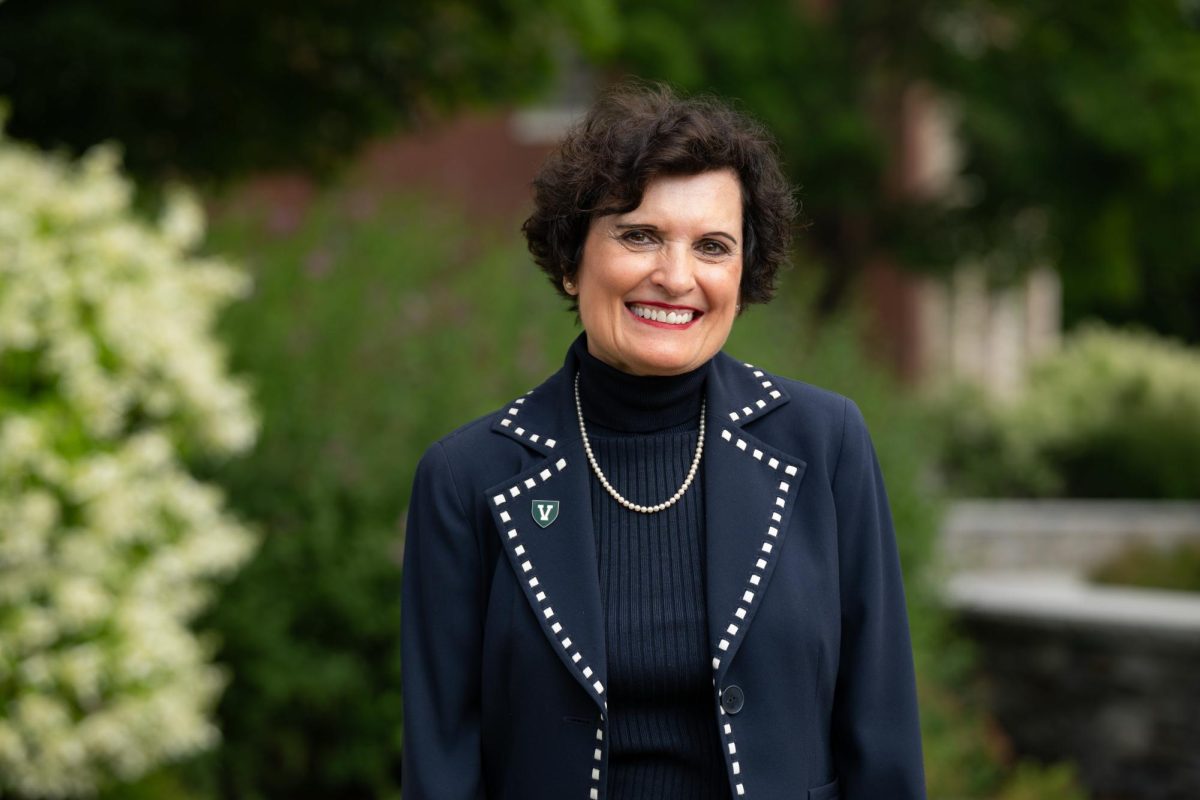University presidents representing each state sent Congress a collective message shortly before August recess: don’t cut federal funding for research and development.
About 165 college presidents and chancellors, President Tom Sullivan among them, co-signed a letter to President Obama and Congress urging legislators to put an end to the “innovation deficit” through funding research and higher education initiatives that would enable American college students to remain competitive on a global scale.
The deficit, which the letter attributed to “eroding federal investments in research”, cuts from sequestration and the magnitude of resources that other nations are pouring into research and could have disastrous consequences for future U.S. economic growth, the letter warned.
Countries such as China, Singapore and Korea have increased their own investment into research at two to four times the rate that the U.S. currently does.
Compounding this, the letter also cited the “troubling” reality that the U.S. has fallen to 12th place among developed nations when it comes to the number of citizens who hold college degrees.
“Cutting funding to the nation’s universities for innovative and groundbreaking research, as the sequester does, is not a well thought out public policy,” UVM’s interim vice president for research John Evans said. “Vermont’s congressional delegation, with whom we have had ongoing conversations on this issue, has been supportive of both our efforts to roll back the sequester and of UVM’s research enterprise in general.”
The sequester, which was passed as part of 2011’s Budget Control Act, was delayed until last March and reduced budget cuts for non-defense discretionary funding to 5.1 percent after Congress and President Obama failed to reach a compromise, March U.S. News and World Report article stated.
Below are estimates from the White House’s Office of Budget and Management on the cuts that would affect particular government-subsidized programs that would likely see a reduction in the amount of research funded at the collegiate level:
-The National Institutes of Health: $1.6 billion
-The National Science Foundation: $388 million
-Special education: $840 million
-Military research: $6.3 billion
While the future of federal funding for research is yet unclear, a report issued last October by Christine Matthews of the Congressional Research Service detailed a short history and analysis of how much money the government spent on research and development and higher education over the past decade.
In 2008, the federal government provided approximately 60 percent of an estimated $51.9 billion of research and development expended by academic institutions, the report stated.
The report also showed the increasingly globalized nature of domestic research, noting that during that same year, U.S. authors co-authored 30 percent of all articles with international researchers- a 20 percent increase since 1998.
Ann Kroll Lerner, the undergraduate research coordinator at the Honors College, said her office works with students both part of and outside of the Honors College in funding research. In an email to the Cynic, Kroll Lerner said her office was able to fund about 100 students annually through grants supported by budgets from the Provost’s office, the Honors College Dean and several family scholarships.
“The university encourages students to find learning opportunities outside of the classroom,” her email stated. “It is one of the reasons why we are opening the Career + Experience Hub in September for students to have access to all these resources outside of the classroom.”
Despite the letter’s distressed tone, the University of Vermont may be in a position to benefit from research in the renewable energy sector- an industry that Bloomberg analysts projected to grow by 230 percent by 2030 last April- that has experienced strong growth already.
In January 2012, the Cynic reported that the state of Vermont, Green Mountain Power and Sandia National Laboratories had partnered to establish a $15 million Center for Energy Transformation and Innovation to be housed on UVM’s campus.
The center would build off the $69 million that the Stimulus package allocated to make Vermont the first state to have near-universal smart meters by 2013, which has enabled Sandia to work with students researching smart grid technology.
Two years ago, U.S. Senator from Vermont Bernie Sanders, a member of the Senate energy committee, said he believed this presented an “extraordinary opportunity” for the state and nation.
“Over the long-term, this center will help create jobs and new educational opportunities for Vermont students and workers,” Sanders said during a May 2011 press conference.
University presidents are alarmed at the potential effects of hard-lined cuts to institutional research and development, and UVM hopes to capitalize on working in nascent industries that are making the U.S. competitive globally.











